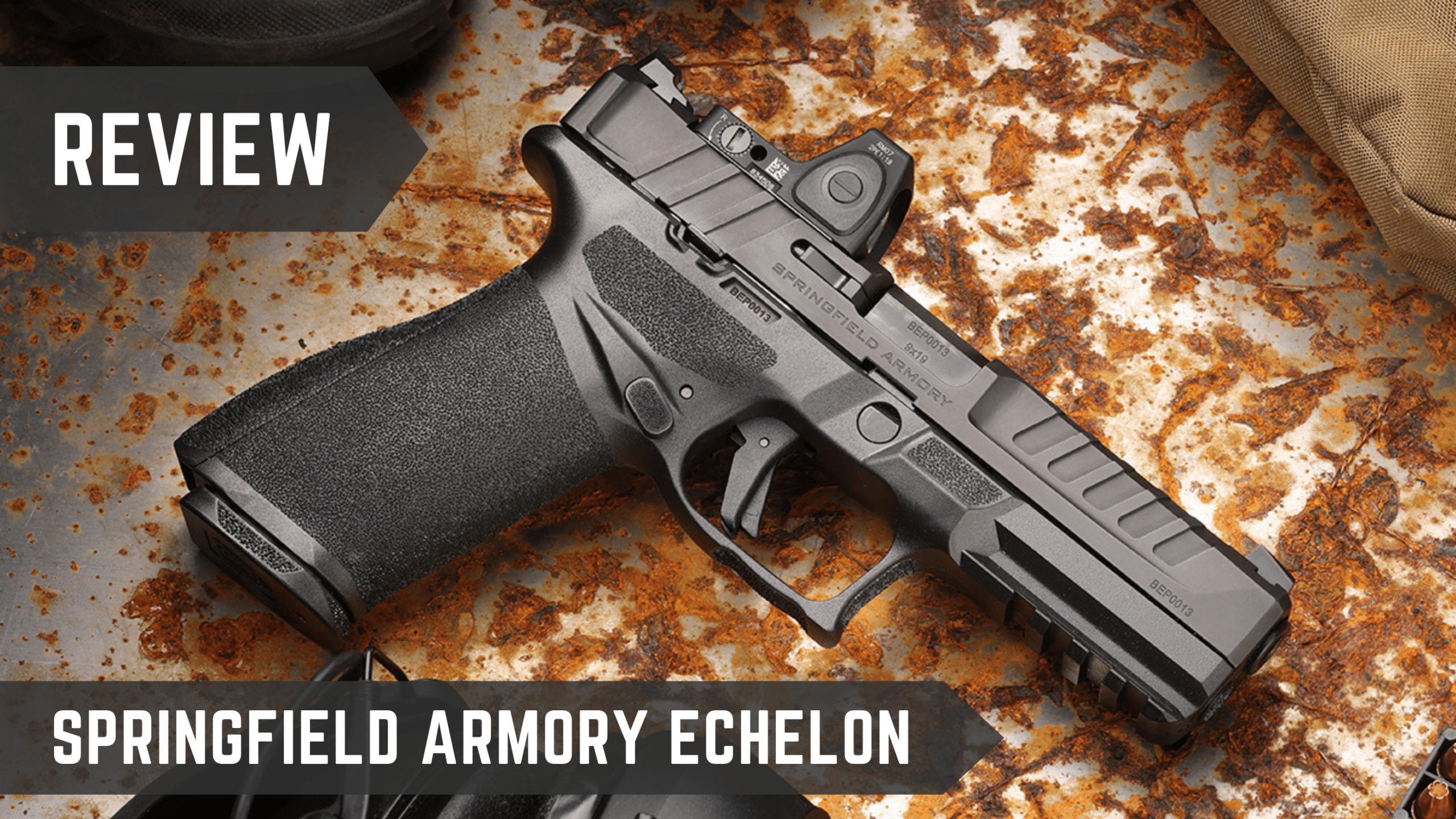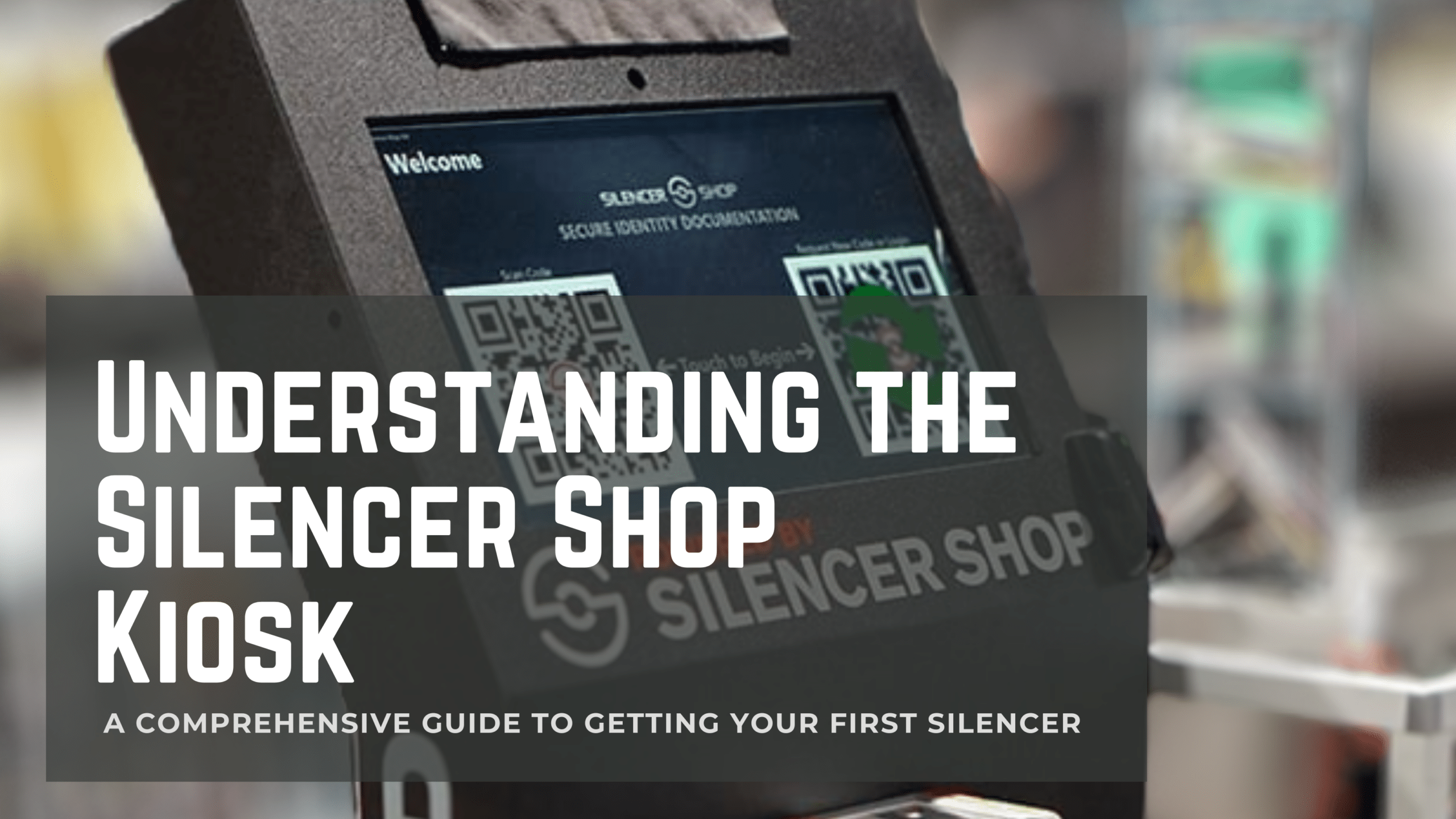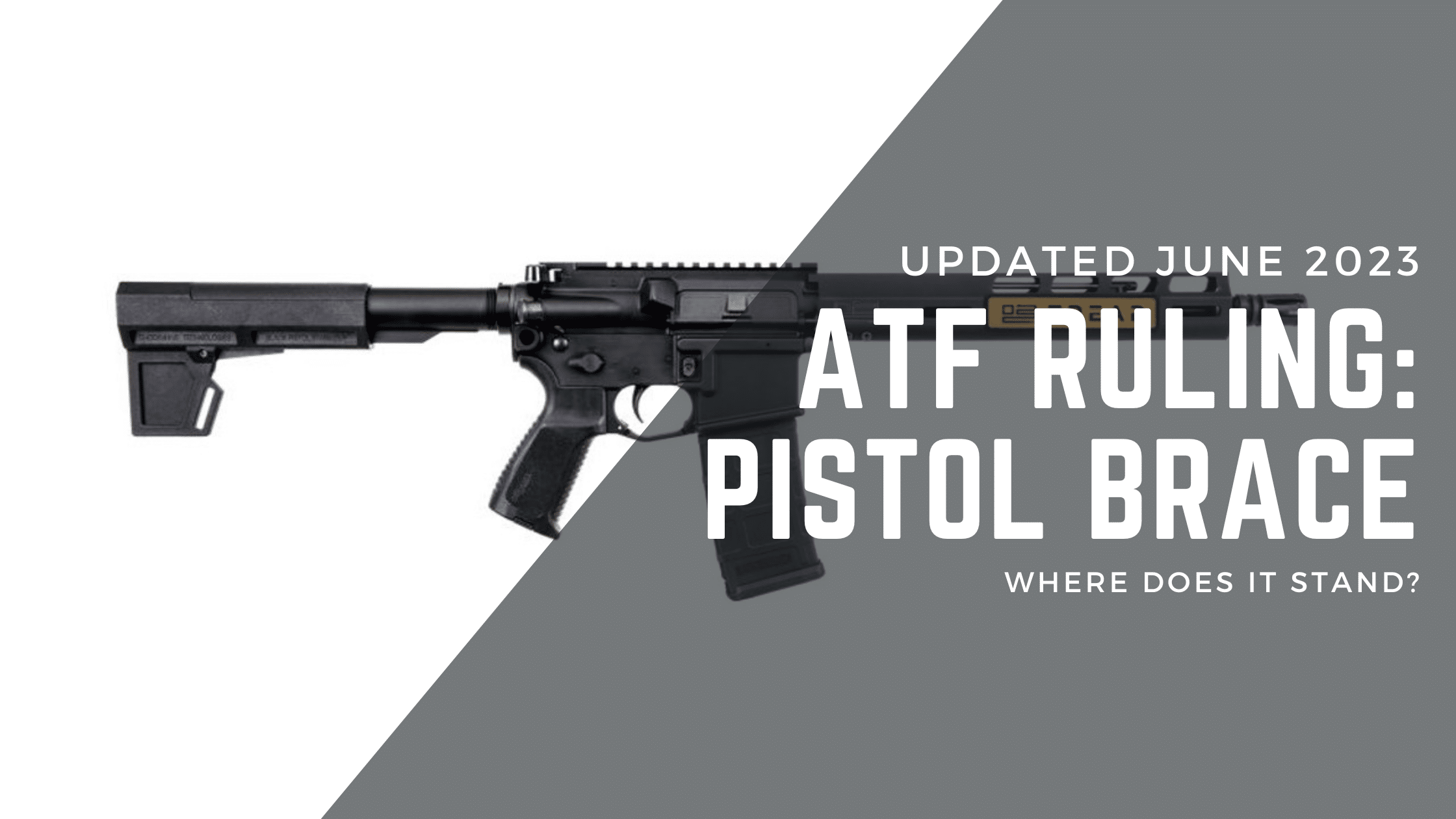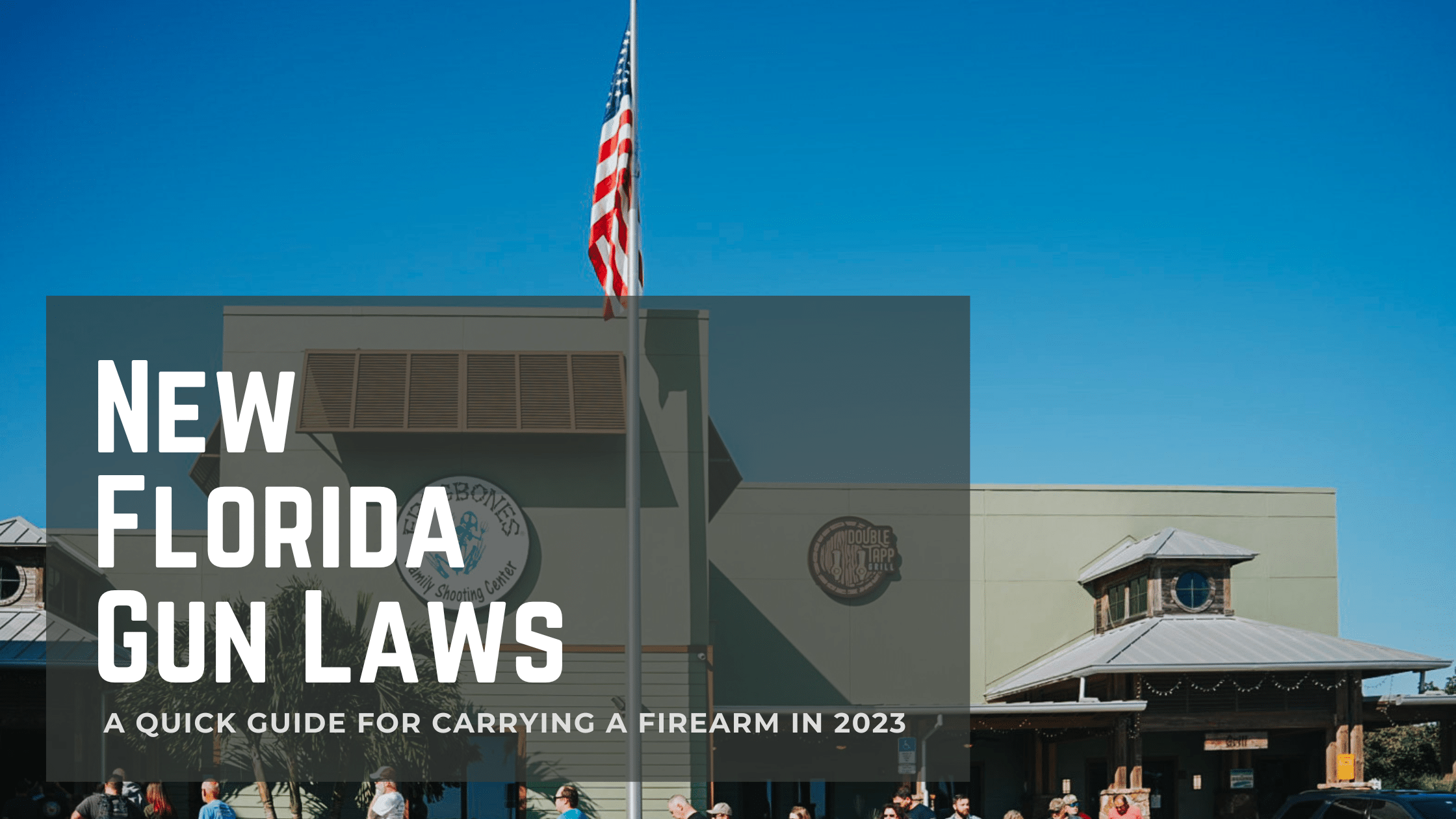Pistol vs Revolver: What’s the best fit for you?
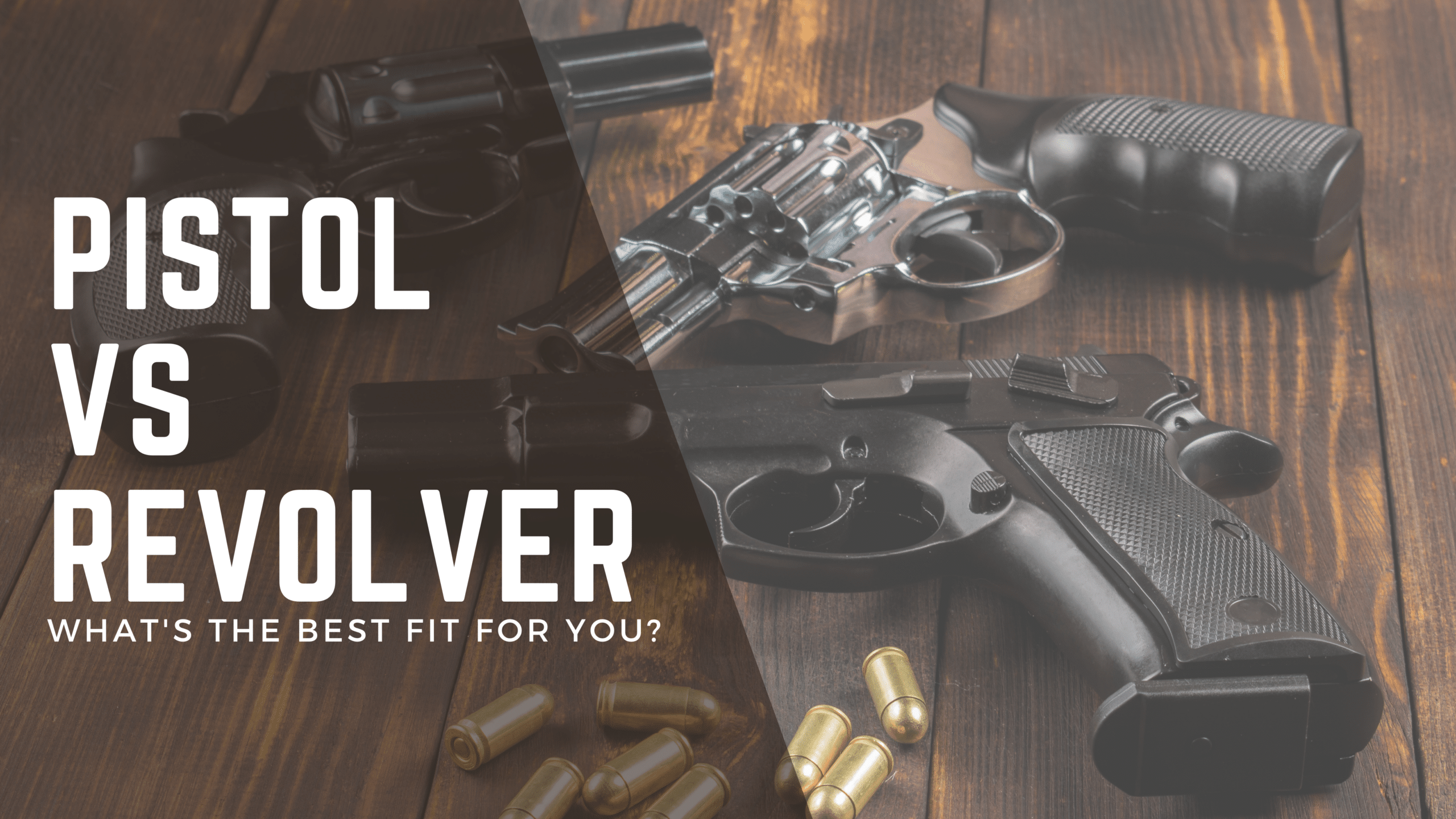
The Age Old Question
For those new to shooting, an all too frequent dilemma at the gun counter is the age-old question “Pistol or Revolver? or more accurately, the argument of Pistol vs Revolver. Below you’ll find a brief review of the history behind handguns with a deeper dive into the details that separate a semi-automatic pistol and a revolver. We’ll explore design differences between a pistol and a revolver mechanically and lay out the features of each to help navigate the next time you’re at the gun store.
No matter your level of familiarity with guns, the comparison between pistols and revolvers is largely subjective. They both have advantages and disadvantages, and this doesn’t intend to be a settler of the imagined debate of pistol versus revolver. Ultimately, you need to get each type in your hands and on the range to decide which feels best to you.
Table of Contents
The Progression of the Pistol
In 1836, Samuel Colt changed the game with his invention of the revolver. This design allowed for multiple shots without reloading, making it a game-changer in firearm technology. It paved the way for modern revolvers and made reloading a thing of the past.
Semi-Automatic Pistols: Power and Reliability
Semi-automatic pistols represent yet another advancement in firearm engineering. John Browning’s M1911 model popularized semi-autos due to its reliability and power during World War I & II. This paved the way for many other models like Glock 17 or Sig Sauer P320, which are now widely used across military forces worldwide.
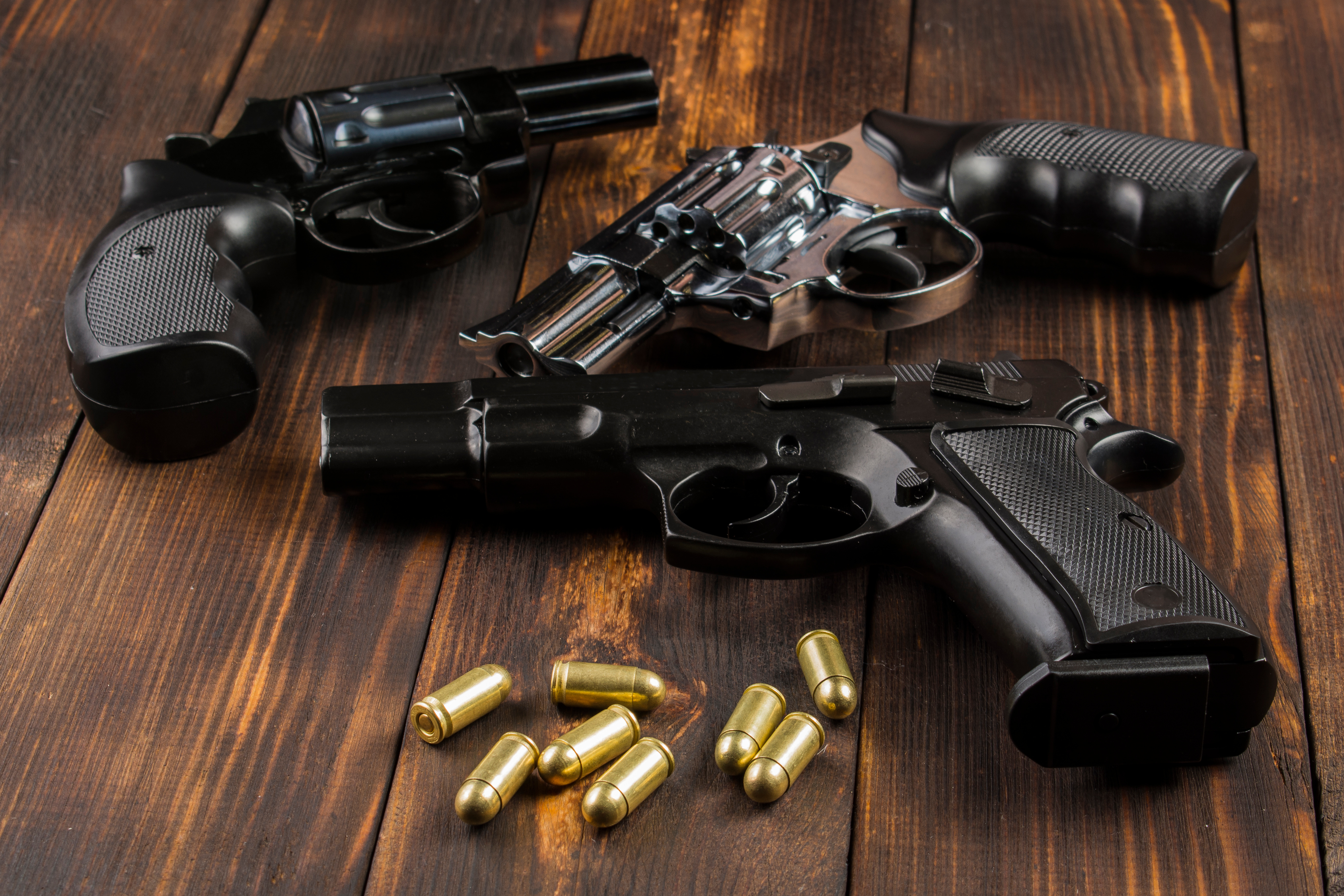
Pistol vs Revolver, a timeless discussion at the gun counter.
Design Differences Between a Pistol and a Revolver
When it comes to choosing between a pistol and a revolver, it’s important to understand the design differences that can impact your shooting experience. When it comes to design differences between these two types, weight, trigger pull strength, and ammunition capacity play a crucial role.
Revolvers tend to be heavier due to their solid frame construction, while pistols require less force compared to revolvers’ heavy double-action triggers. Semi-auto pistols also hold more rounds within their magazines, enabling quicker follow-up shots if needed.
- Weight Comparison: A typical revolver tends to be heavier than most compact or sub-compact 9mm pistols, impacting handling and comfort over prolonged periods.
- Trigger Pull Strengths: Semi-automatic pistols generally require less force compared to revolvers’ heavy double-action triggers. This can make it easier to learn the fundamentals of accuracy without the heavy trigger pull of a double action.
- Ammunition Capacity: Semi-auto pistols hold more rounds within their magazines, enabling quicker follow-up shots if needed. While a revolver has multiple rotating chambers, you’re limited to 5 or 6 rounds.
- Ammunition Storage: Semi-auto pistols are magazine-fed weapons while revolvers store their rounds in a rotating cylinder. The ability to reload quickly with a minimal amount of training gives a novice an advantage in shooting and reloading effectively.
These factors combined play an important role when choosing between these two types based on your personal preferences or intended usage scenarios.
Weight Comparison
Revolver fans might argue that their solid frame construction provides stability during firing, but let’s be real – they’re heavier than most pistols. That extra weight can cause fatigue over extended use, while the lighter build of many pistols makes them easier to carry for longer durations without discomfort.
Trigger Pull
Revolver triggers require more force due to their long double-action triggers that rotate the cylinder before releasing the hammer or striker. A revolver can be placed in single action by cocking the hammer. When you manually cock the hammer the cylinder will rotate moving the next chamber into the position where the striker on the hammer will fire the bullet when the trigger is pressed.
After you’ve manually cocked the trigger and fired, you only get one shot in this setting, as the pistol reverts to a double action trigger pull. By contrast, pistols have a varying degree of travel in their triggers but are in single action once a round has been chambered. Some pistols come in a double action only configuration but are often designs that are specifically developed for concealed carry.
A double action revolver does have a heavier trigger pull than semi auto handguns, but gun owners of all sizes and experience levels can train to use them accurately. There isn’t any more noticeable recoil in shooting a double action revolver vs a manually cocked revolver, the handgun model is still the same.
Complexity of Use
Revolvers are simpler to operate with fewer moving parts involved in discharging rounds. However, this simplicity comes at the cost of reduced ammunition capacity compared to most modern handguns. Semi-automatics like the popular M&P 2.0 Compact offer larger magazine capacities but involve more complex operations such as racking slides or dealing with potential malfunctions like stovepipes or failures-to-feed incidents.
Most semi automatic pistols chambered in 9MM are designed with the ergonomics of the end user in mind. Many of these pistols today have been designed to be striker fired, which you’ll be able to tell by the lack of a hammer present on the back of the frame. The main difference between the revolver vs pistol is when you’ve fired all of your rounds in a pistol the slide will lock to the rear, allowing you to simply press the magazine release button, remove the empty magazine, insert another one, press the slide release, and keep firing.
Ammunition Capacity
What is considered to be common revolver calibers, most standard six-shot .38 Special/.357 Magnum wheel guns hold fewer rounds than even compact-sized modern semiautomatic handguns capable of holding up to ten rounds per magazine (or more). However, accuracy should always take precedence over volume-of-fire alone. It’s not just about how many bullets your gun holds; it’s also about how accurately you can deliver those bullets downrange.
Therefore, select the weapon that best fits your shooting style and requirements, be it traditional revolvers chambered in your desired caliber or a cutting-edge 9mm pistol.
Malfunctions and Misfires In Both Guns
A misfire or stoppage can be a significant setback for any shooter. It’s not just about losing time; it could also mean life and death in certain situations. So how do revolvers and pistols compare?
In general, modern revolvers chambered in .38 Special have earned a reputation for their reliability due to their simple design with fewer moving parts which reduces the chances of mechanical failure. However, if modern revolvers do experience a malfunction such as a cylinder lock-up, resolving the issue is usually more complex than clearing a jam in semi-automatic handguns.
Pistols like the Smith & Wesson M&P 2.0 or the Canik TP9, while popular for concealed carry, might seem prone to malfunctions because they have more intricate machinery involved but quality control in modern manufacturing techniques makes the differences negligible. With proper maintenance and quality ammunition, modern semi-automatics offer exceptional reliability.
Handgun Capabilities
While each type of handgun brings a list of features to the table, there are differences between revolvers and pistols that may affect your choice depending on your needs.
- Capacity: Semi-automatic pistols generally hold more ammunition than revolvers due largely to their magazine-fed design versus the cylinder-based system of most wheel guns. For example, standard full-size 9mm handguns often carry around 15-17 rounds compared with six shots typical for many medium-to-large frame revolvers.
- Effects on Target: While bullet selection plays an important role here too; generally speaking larger caliber revolver cartridges (.357 Magnum,.44 Magnum) tend to deliver higher energy levels upon impact compared with common pistol calibers like 9mm Luger or .40 S&W.
Self-Defense Situations and Concealed Carry
When choosing a firearm for personal defense, it is important to consider the merits of both types to ensure simplicity and effectiveness in potentially stressful scenarios. Remember to consider what you have the most experience with when deciding what to purchase.
In the beginning, keep it simple. You may find yourself trying to picture an infinite amount of self-defense situations, remember to focus on learning the fundamentals of shooting and choosing what is the right fit for you.
There are a lot of shooters who will preach about these self-defense situations and the reliability factor, or magazine capacity of one type of gun vs another. A gun for self-defense is for the worst-case scenario, to protect yourself against the most likely worst-case threats you may face given your situation. Assess your circumstances and choose based on the most likely scenario you will face.
Lastly, make sure you consider the concealability of the frame you end up purchasing, whether it’s a revolver or a pistol: smaller frame ‘snub-nose’ type revolvers lend themselves well for concealed carry as do compact versions of popular full-size semi-autos like a Glock 34 or Sig Sauer P320 X-Five.

Glock 43X MOS – 9MM Micro-compact Pistol
Popular Semi-Auto Pistols
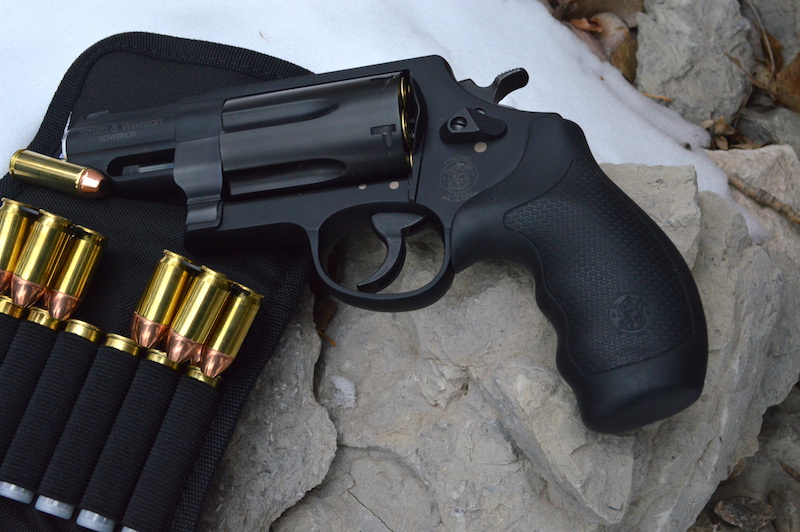
Smith & Wesson Governor – .45 Long Colt & .410 Gauge Revolver
Popular Revolvers
- Smith & Wesson Governor – .45 Long Colt/.410 Gauge
- Smith & Wesson Model 29 – .44 Magnum
- Colt Python Stainless 2020 – .38 Special/.357 Magnum
Which is better? What should I get?
Revolver or Pistol? Pistol vs Revolver? The question is unavoidable. The choice depends on your needs and preferences.
- Revolver offers mechanical simplicity and reliability. They are limited in capacity and modularity.
- Semi-automatic Pistols provide higher ammunition capacity and greater ability to modify components as you progress.
Both types of firearms have their unique advantages and disadvantages. Ultimately, the best option for you is to rent one at your local gun range to see which is the right fit for you. The most important thing with any firearms purchase is that you seek out training and education on your gun’s capabilities and develop your skills to achieve confidence when at the range or in having a gun ready for the worst-case scenario.

